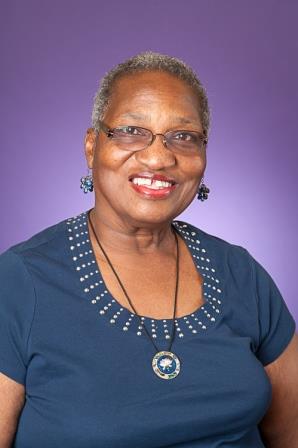|
There are several differences between games and simulations as listed by Gredler (Gredler, 1992) and Sauve, et al (2007) these are the basic attributes of games:
For symbolic simulations the chapter listed two types laboratory research (students function as researchers) and system simulations (they function as trouble shooters to analyze, diagnose and correct operational faults in the system). While reviewing simulation games such as the Sims and World of Warcraft I found some unique differences that made me enjoy the adventures in WoW a lot more than the situations of the Sims. In WoW I really enjoyed the personification of the animals and the story line. The gaming cinematography was highly engaging. While the characters and images in Sims did not appeal to me on any level and the stories did not interest me. The ability to design your character on this elementary type level did not appeal to me either. As I was researching I would a list of Twelve Types of Computer Games Every Gamer Should Know by Jane Hurst (2015). It helped me with the many acronyms that are used in this arena as well as to better understand the jargon. Here is the list:
I spend several hours researching other games and found that the ones I enjoyed most where those associated with some type of adventure simulation; Sword Art on Line was one and the Legends of Zelda. As a science teacher I know the value of classroom simulations for dissecting and understanding anatomy and physiology. There are many interactive simulations that are sold for science from elementary to college level course work. You can find Virtual Learning Environments (VLE) where students can learn real-world situations where they can drill basic concepts to simulating work in a laboratory setting. These types of simulations can help students to translate from multiple scenarios, build digitally controlled working models, create chemical reactions, and serve as a vehicle for collaborative learning situations. References Arthur, D., Malone, S., & Nir, O. (2002). Optimal overbooking. The UMAP Journal, 283-300. Goldenberg, D., Andrusyszyn, M., & Iwasiw, C. (2005). The effect of classroom simulation on nursing students' self-efficacy related to health teaching. Journal of Nursing Education, 310-314. Gredler, M. E. (1992). Games and simulations and their relationship to learning. In M. E. Gredler, Designing and evaluating games and simulations (pp. 517-581). Kogan Page Ltd. Sauve, L., Renaud, L., Kaufman, D., & Marquis, J.-S. (2007). Distinguishing between games and simulations: A systematic review. Educational Technology & Society, 247-256. Shaffer, D. W., Squire, K. B., Halverson, R., & Gee, J. P. (2018, September 11). Video games and the future of learning. Retrieved from http:www.academiccolab.org/resources/gappspaper1.pdf.
0 Comments
Leave a Reply. |
AuthorNona M. Batiste is a forty-year experienced public school teacher who has taught in both New Orleans Public Schools and Dallas Independent School District. She holds a B.S. in Education from Southern University of Baton Rouge, LA and a Master of Science Teaching (MST) from Loyola University of New Orleans, LA. Ms. Batiste has taught Environmental Science and General Science to middle school and high school students. She has been active in both school districts as a master teacher and workshop presenter. Archives
October 2018
Categories |

 RSS Feed
RSS Feed
